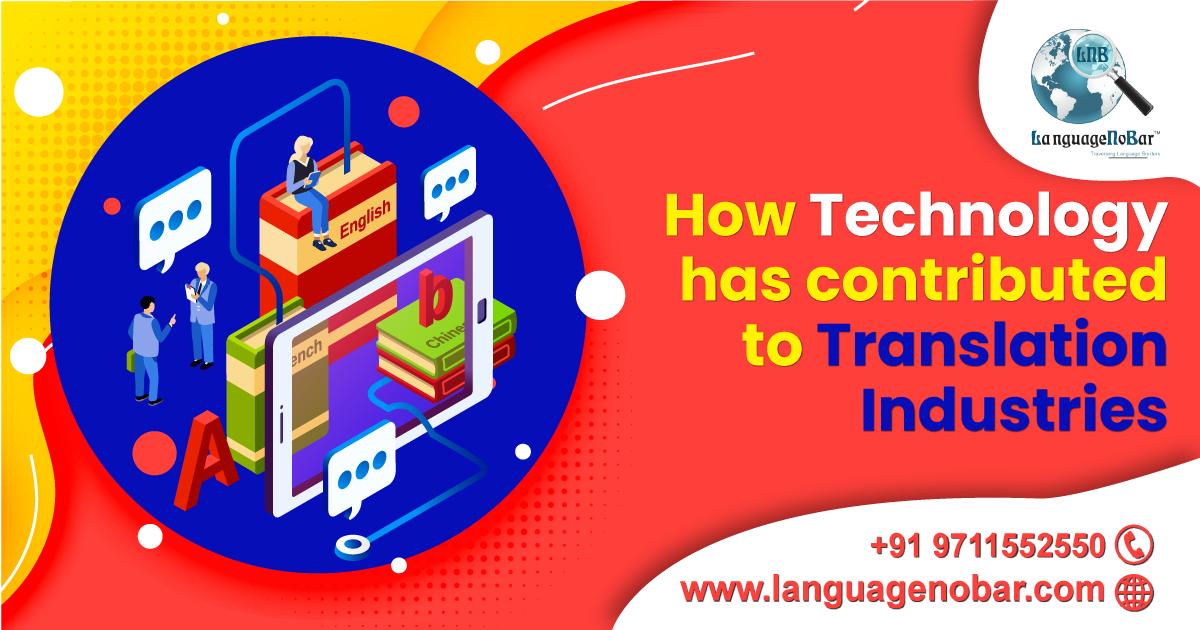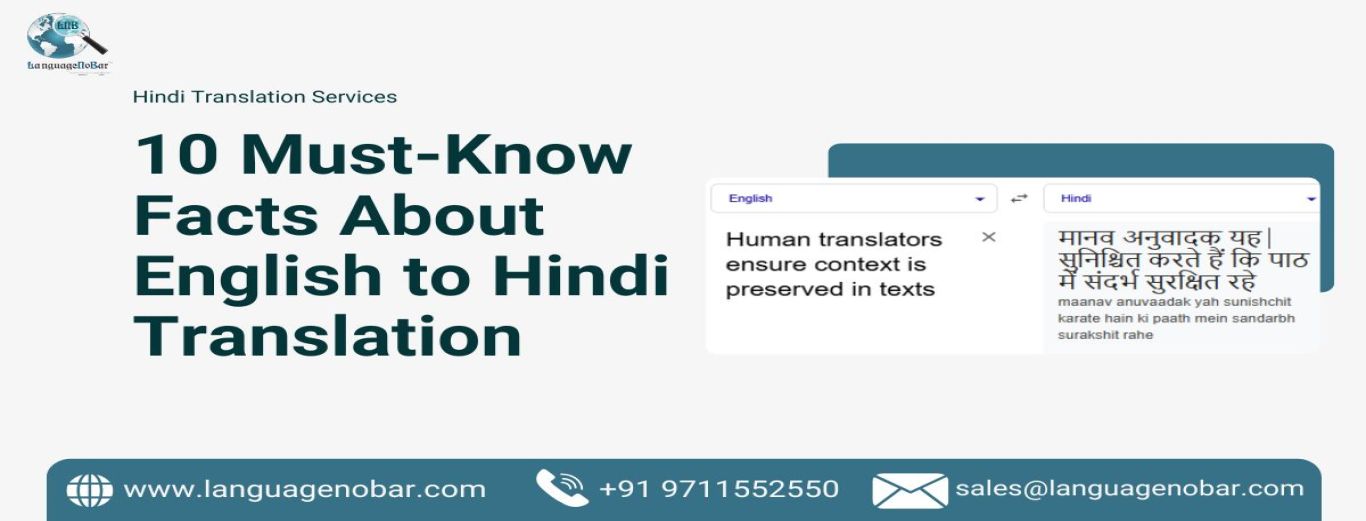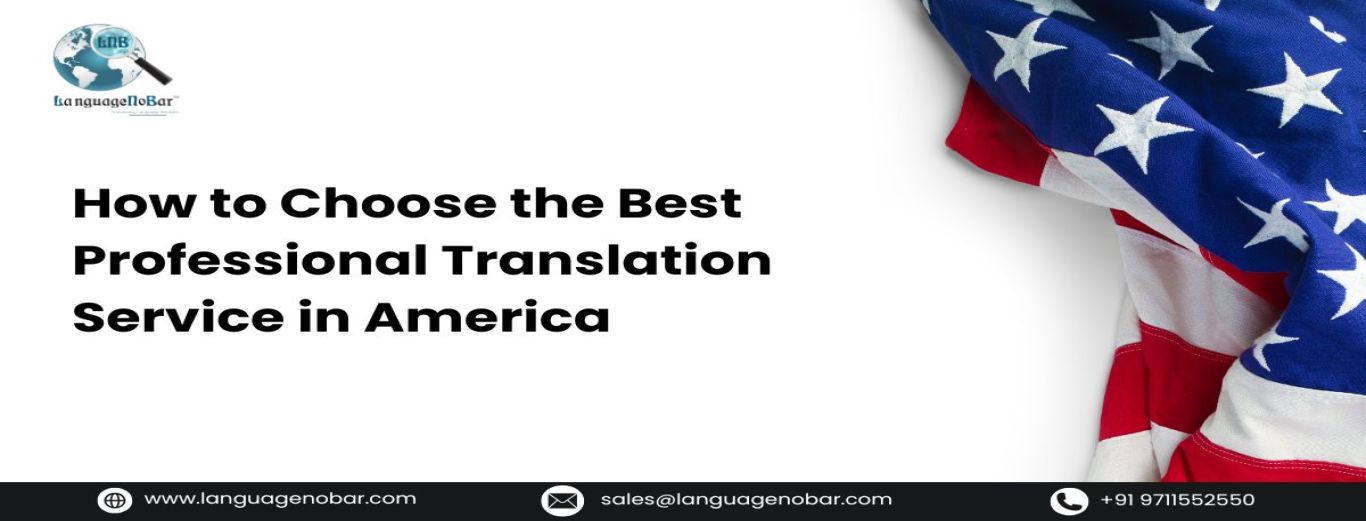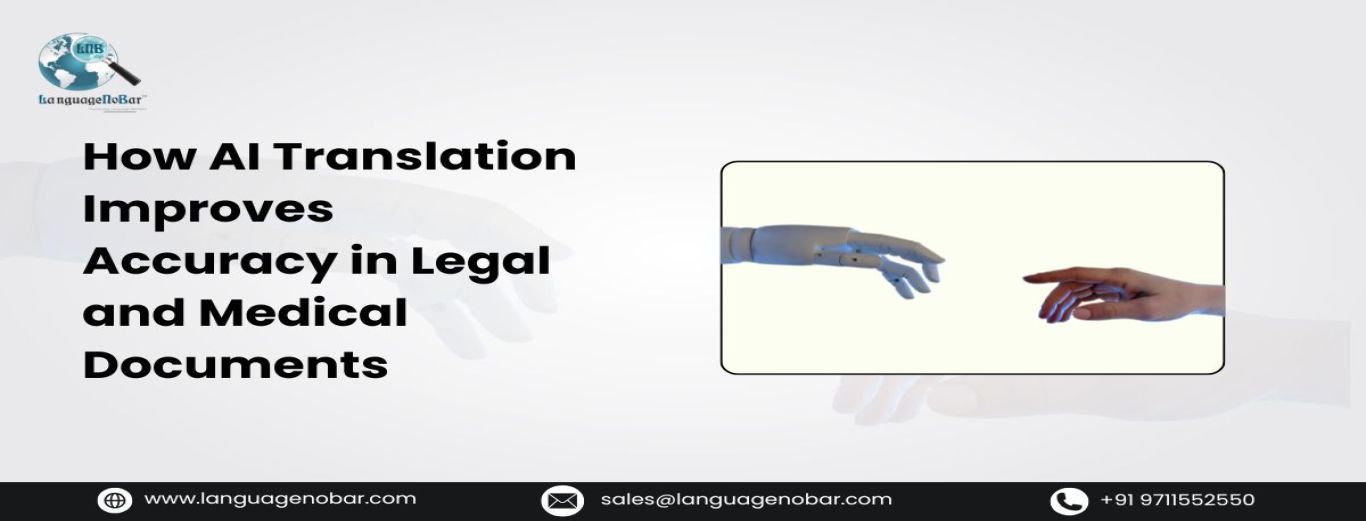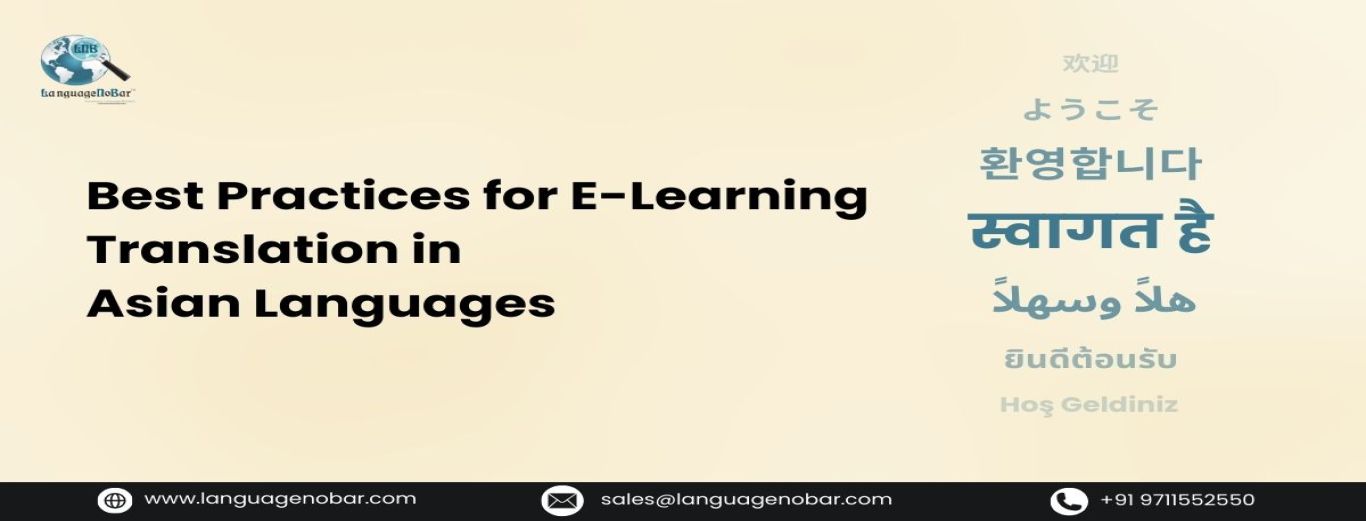Technology And Translation - How These Two Go Together
- Translation Services
- Comments (0)
The process of rewriting text from one language into another while reaining the original content and communication is called translation. However, translation, like everything else, has several ways that vary in form and purpose. Because of the rising internationalization of organizations, translation is an area that is experiencing a lot of activity these days. Translation involves two languages: source language and target languages. The former is the original language of the content, whilst the latter is the language into which the documents must be translated. As a result, while approaching a professional translation agency in Delhi, you need to inform about the source and destination languages.
Translation has gone through various transitions over the years, and since the rise of computers, translation has been done more efficiently and quickly. The adaptation of technology in translation services now follows the same worldwide technical trend. Because of technology, the translation process has gotten quicker in recent years. If the translation is just a question of inputting words on a screen, one would wonder why you need technology for translation at all!
So, translation is not just a question of inputting words but rather a full process, but before technology, translators frequently used to type, handwrote, or even dictated their translations to transcriptionists who would subsequently type them out. Translators would have to go through the dictionaries, which used to take up so much time. Documents just needed to be translated once, typeset, and then executed again. If there was a mistake in the translation, there was no quick way to fix it. Translations of one text were frequently used as the foundation for translations into another language. If an incorrect translation was utilized, the impacts grew worse with each sequential translation.
Modern translation techniques need the use of multiple tools, so it's important to make sure that all of the tools can interact with one another. Because files must be transferred from one source to another, compatibility is essential. A system of connected tools streamlines the translation process as a whole by saving a significant amount of time, effort, and money over time. Additionally, many companies, particularly those involved in customer service, might benefit greatly from Professional Business Translation Services. Since they frequently deal with people from different nations and who speak different languages, the quality of customer service has improved, thanks to technological breakthroughs in translation. By doing so, they can translate more quickly and spend less time trying to do it themselves.
Now, agencies are using software to make translations quicker, it is the computer-assisted translation tool or CAT tool. CAT technologies are intended to accelerate the translation process by making it easier for translators to manage their work, ensure consistency, and retain the formatting and structure of the original text - among other things. They frequently incorporate "translation memories," which are automated records of how the translator handled certain words and phrases, or even full sentences, in the past. These databases may be shared with the customer or among big translation teams to speed up and reduce the cost of projects but the quality of translated texts is heavily dependent on the human translator. You'll need an internal team of translators, proofreaders and editors, quality assurance managers, and project managers if you want to employ CAT in-house. Word meanings and cultural features of languages are equally problematic for machine translations. Accurate cultural references are critical for a perfect translation, but machine translation is not smart enough to address them effectively.
In the end, the translation industry has undergone continuous technological revolutions, and new trends keep appearing. Each of these technological solutions has concentrated on the crucial areas of translation quality assurance, productivity, and process enhancement, enabling translators and language service providers to deliver better services more quickly and satisfy the steadily increasing demand for translating and keeping the emotions intact that software might not be able to do. As a result, whether you are a client or a translator, the answer to the question of why you need translation technology is that it can help you in numerous ways.
If you’re looking for translation services, you are at the right place. At LanguageNoBar - we offer you the best of translation services through native ranslators. We specialize in Software localization, Quality Medical Translation Services, Pharma Translation, Transcription, Multilingual DTP, Testing, etc. We truly believe that the core of any document should not be lost through translation. We translate in more than 150 languages with a team of professionals and native speakers, as well as domain/industry specialists and a multitier quality policy, to assure total customer satisfaction.
Related Blog:
All You Need to Know About Software Localization
WHY LOCALIZING YOUR MOBILE APP IS A MUST FOR COMMERCIAL SUCCES
LOCALIZE YOUR MOBILE APP TO MAKE IT POPULAR AMONG THE MASSES!

